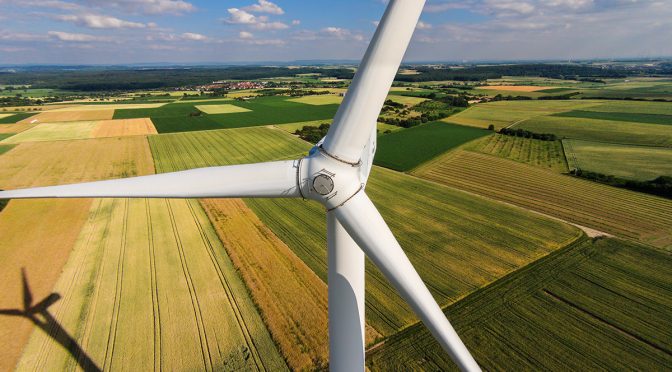The availability and affordability of renewables and renewable hydrogen for industries such as steel ready to decarbonise at large scale must become the EU’s top priority for reaching climate neutrality and accelerating independence from Russian fossil fuel supplies. This is the joint call issued by WindEurope and the European Steel Association (EUROFER) ahead of a key week where crucial decisions on energy and climate will take place at EU level. The worsening gas supply situation and the need to cut dependencies from Russia increase the urgency to speed up green energy infrastructure investments in the EU.
The EU steel industry has been working on alternative production routes for more than a decade. There are now 60 low carbon projects ready to be scaled at industrial level covering the main EU steel producing countries and companies. The number of projects grows by the month, and so their green energy and financial needs. Today, capital investment is set at €31 billion, operational costs at €54 billion (pre-Russian war in Ukraine data), while clean electricity needs amount to 150 TWh, half of which for hydrogen production, by 2030. Their CO2 emissions abatement potential is equivalent to a cut of -55% compared to 1990 levels.
Delivering on these projects hinges on an abundant supply of renewable electricity and renewable hydrogen. Competitive and scalable wind energy is uniquely placed to meet this demand. But this will require accelerating deployment. Which is all the more urgent as Europe shifts away from Russian fossil fuels in response to the war in Ukraine.
“Delivering the green steel society wants will mean a lot more renewable electricity, and renewable hydrogen. REPowerEU set a 510 GW target for wind by 2030, that’s 39 GW of new wind per year, more than double what we’re installing now. The wind supply chain can deliver, the finance is there. The bottleneck is permitting. It’s too slow and complex. Council and Parliament need to adopt the REPowerEU plan for permitting as a matter of urgency”, said Giles Dickson, CEO of WindEurope.
“Usually, industry adapts to energy supply and not vice-versa. There is no business case for investment in green steel if green energy carriers are not available. The steel industry has developed breakthrough technologies for producing low carbon steel that rely on non-fossil energy sources, but we don’t have enough renewables production nor the related infrastructure to transport it where it has the highest impact. Not to talk about hydrogen: there is no developed infrastructure at all”, said Axel Eggert, Director General of the European Steel Association (EUROFER). “The rapid expansion of wind energy and connected power grids and hydrogen production infrastructure is key for a successful transition. In return, energy producers and society can get green steel with close to zero CO2 emissions”, he stressed.
The REPowerEU communication will be a crucial element in establishing the right conditions at EU level to support the transition towards climate neutrality whilst supporting industry in coping with the current challenges. With the right rules on permitting – considering renewables in the overriding public interest, and accelerating permitting inside and outside ‘renewables go-to areas’, the wind industry can help decarbonize European steel with home grown energy.
“We call on the EU institutions and the Member States to double down on their actions for guaranteeing security of supplies, strengthening critical supply chains necessary for the energy transition, and investing in the green technologies we need to the benefit of citizens and industry alike”, concluded Mr. Eggert and Mr. Dickson.


